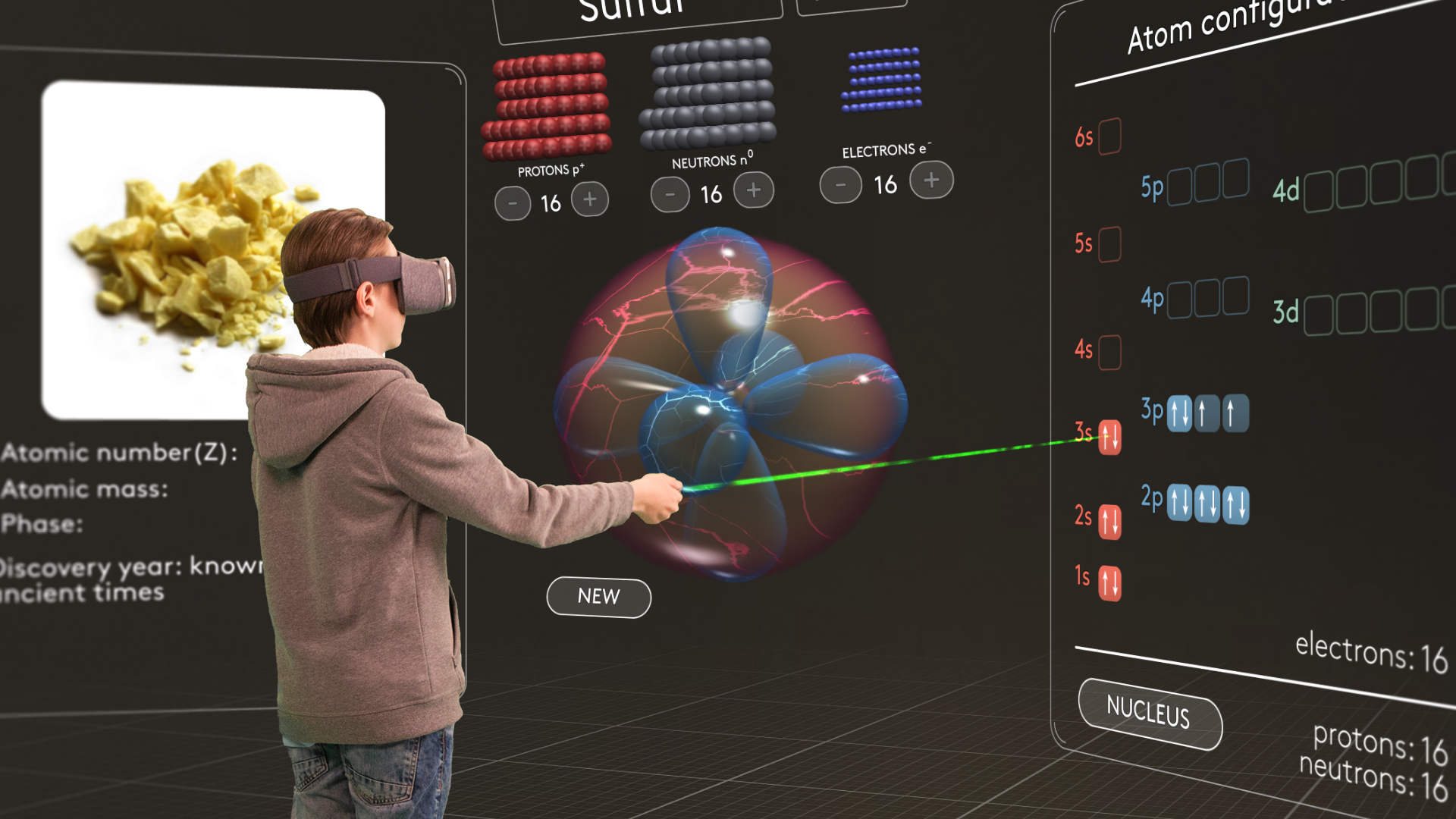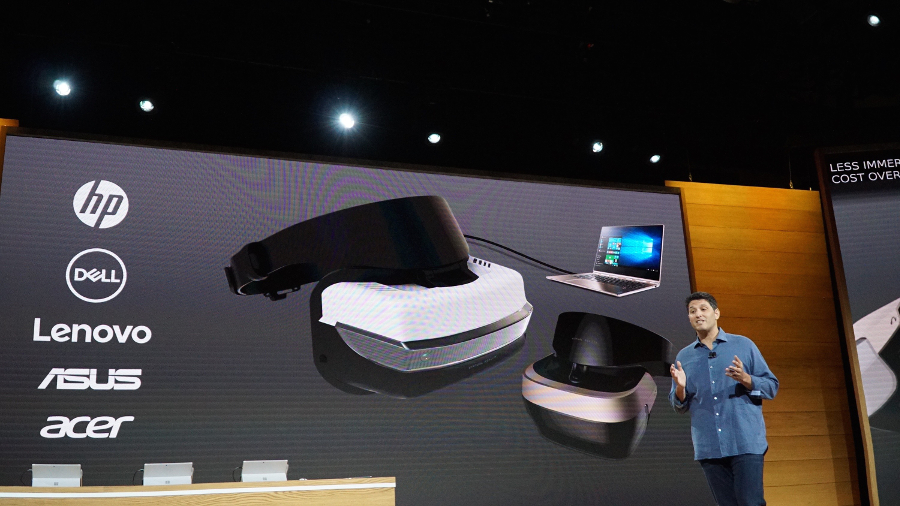Free VR chemistry lessons let kids see inside a diamond or build an atom

Microsoft and Google have both presented a vision of the future where rows of students sit in awe as their education is delivered via VR headsets. It definitely beats dusty textbooks and squeaky whiteboard pens, and you can give your kids a head start before the tech comes to their school thanks to a set of free chemistry lessons from MEL Science.
The MEL Chemistry VR App is available to download free for the Google DayDream View, with versions for Google Cardboard and Samsung Gear VR coming later this year.
The first six lessons help kids understand abstract concepts like the difference between solids and gases, the structure of an atom, and what an electron is. They can dive into a diamond or a pencil to see its atomic structure, and even build an atom using their hands.
- HTC Vive vs. Oculus Rift: which VR headset is better?
These lessons are designed with the US market in mind, following the K-12 curricula, but MEL Science intends to expand into other countries soon.
“We plan to have about 150 short VR lessons covering all main chemistry topics,” explains Vassili Philippov, CEO of MEL Science. “It is easy to align them with any curriculum. We even plan to create mapping between the main education standards and our lessons.”
Chemistry without the mess
Microsoft has also seen the potential for VR (or as it calls it, mixed reality) in schools. Last month the company hosted an event called #MicrosoftEDU, where it announced Windows 10 S – a lightweight version of the operating system designed specifically for schools, with support for mixed reality headsets.

Windows 10 S has been created for use with low-cost laptops in the classroom, and teachers can customize it to suit their lesson plan by simply inserting a custom USB stick in each device.
Sign up for breaking news, reviews, opinion, top tech deals, and more.
The OS will only support apps downloaded from the Windows Store by default, but with the teacher’s permission, could be set up with apps like MEL Chemistry’s VR lessons.

Cat is TechRadar's Homes Editor specializing in kitchen appliances and smart home technology. She's been a tech journalist for 15 years, having worked on print magazines including PC Plus and PC Format, and is a Speciality Coffee Association (SCA) certified barista. Whether you want to invest in some smart lights or pick up a new espresso machine, she's the right person to help.
